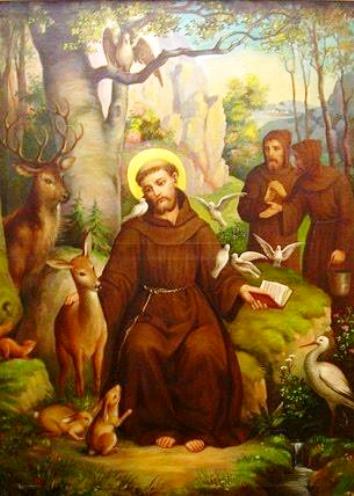Saint Bruno was a monk of German nationality, the founder of the Carthusian Order. He is known in Catholicism by the pseudonym of the Great Seeker of Silence. He is described as an austere man, intellectually gifted and with a rigid character. He is famous for being the creator of an austere religious community of monks.
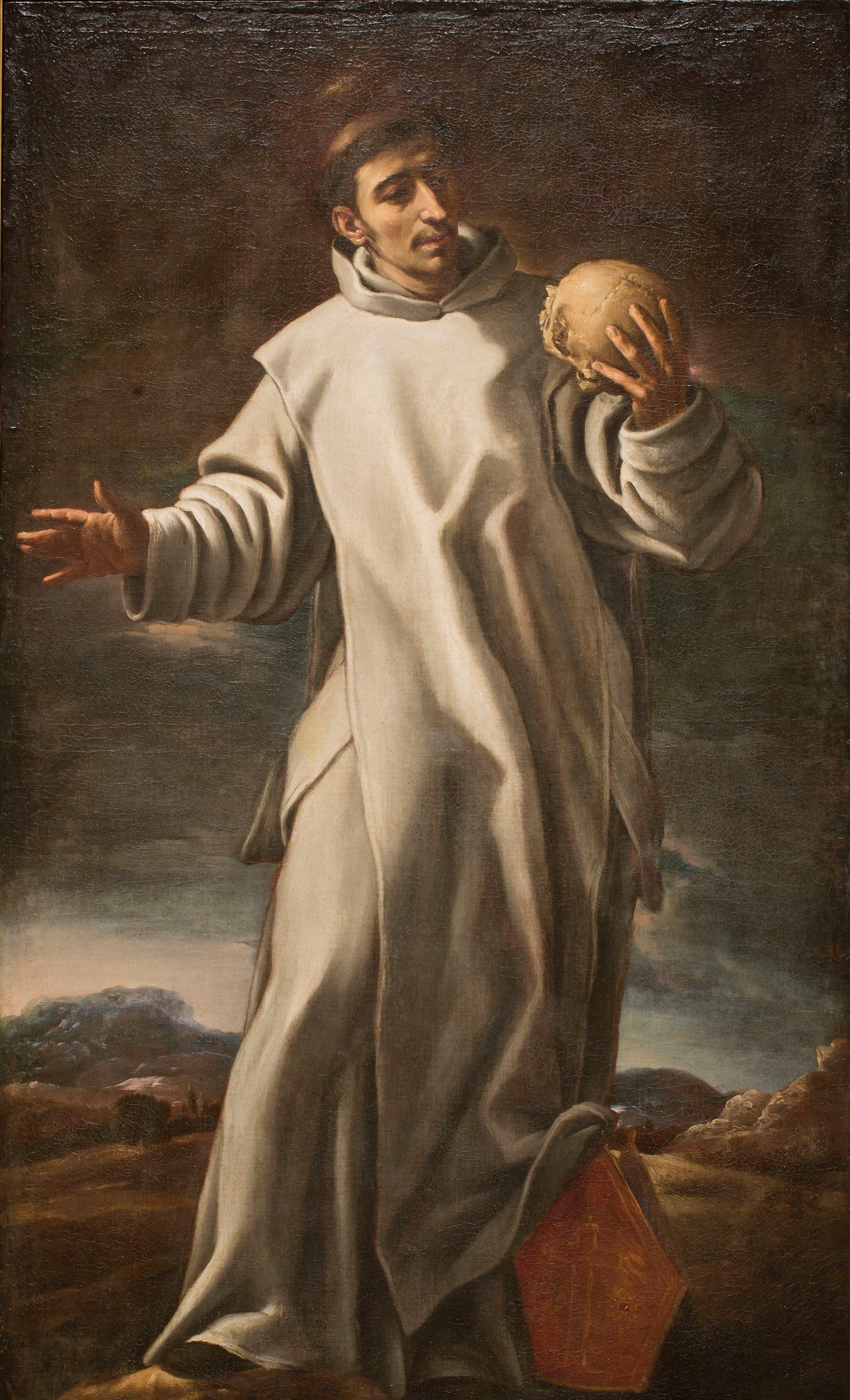
St Bruno is one of the few saints not canonised by the Catholic Church because of the strict rules of his order. He was a man who dedicated himself to prayer and a solitary life. He was considered to be a very intelligent person and devoted to God from a very young age, he was considered to be a very strict person with his life because of the penances he did in the order he founded.
Biography, life and history of Saint Bruno
Bruno was born in Cologne, Germany, between the years 1030 and 1031, the date of his birth is not known with certainty. It is placed these years because they are based on the data of the date of his death. It is also not known if he had any brothers or other relatives, as his parents were not of the nobility and therefore not well known.
In his childhood he studied at the school of the town of San Cuniberto, and in his youth he studied at the school of Reims in France, where at a very young age he began with his religious sensitivity and began his studies of arts and theology, shortly after obtaining the title of doctor, and in turn was appointed canon of San Cunibeto, and in the year 1056 he was editor of the university and professor of theology in Reims for 20 years.
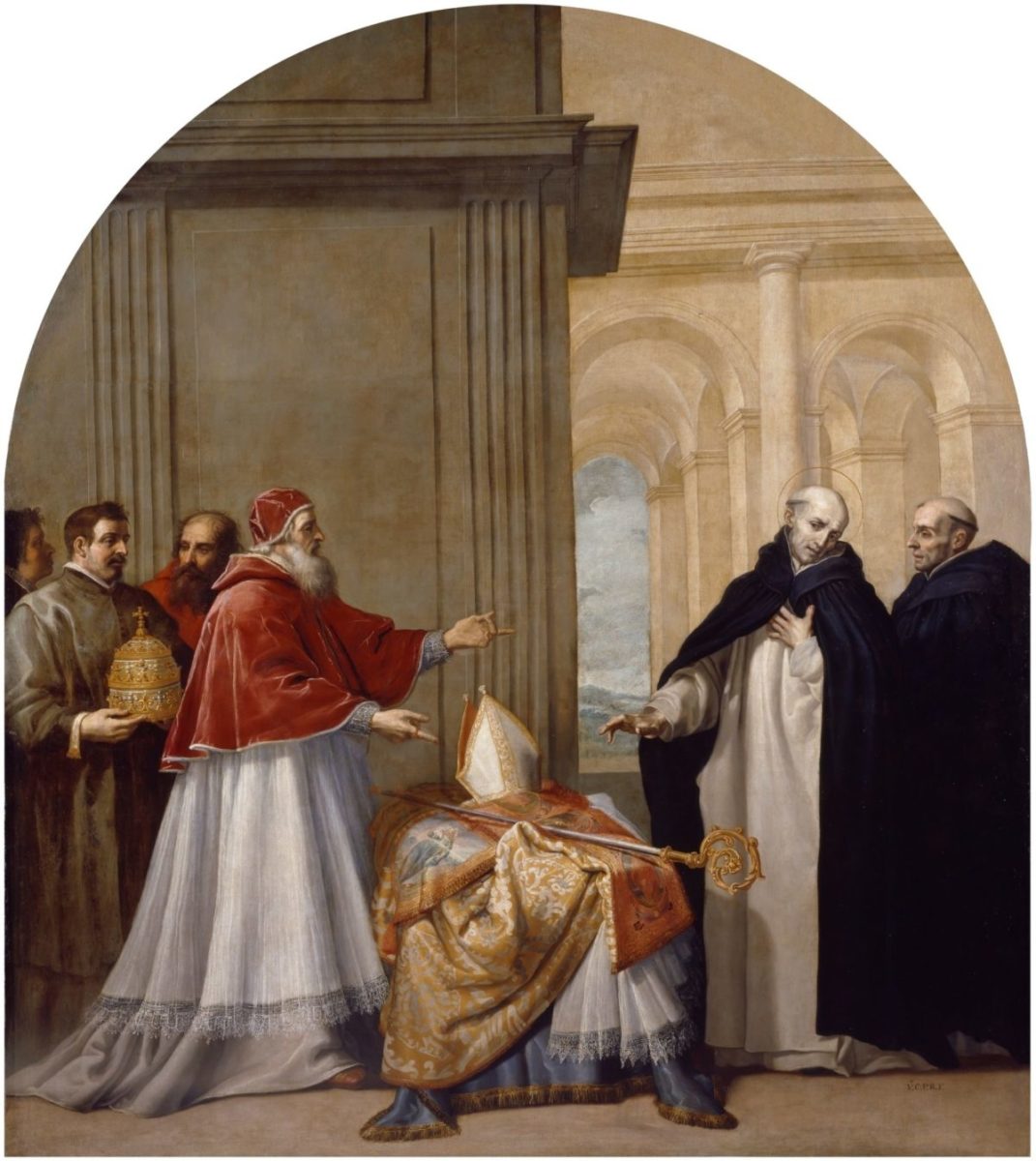
Shortly afterwards he became chancellor of the chancellery of the archbishopric. The archbishop at the time, Manasseh, was guilty of unlawful and dishonest behaviour, in addition to negotiating ecclesiastical benefits, for which he was deposed by the Pope. For these reasons, St Bruno was offered the post, but he refused the appointment as Archbishop of Reggio Calabria, Italy, because he did not believe he had the dignity to hold that great office.
In his conversion he heard a story that was a little frightening, a very good person, but that in private life he was an immoral person, he committed misdeeds and illicit acts, at the time of his death, precisely at his funeral, he spoke three (3) times saying:
The first time he said: “I have been judged”, the second: “I have been found guilty”, the third: “I have been condemned”, causing people to be frightened, so they wrapped the body in sheets and threw it into the mighty river.
This story made a strong impression on the saint and led him to abandon the worldly life and dedicate himself to a life of prayer and penance. (See: Prayer of Faith).
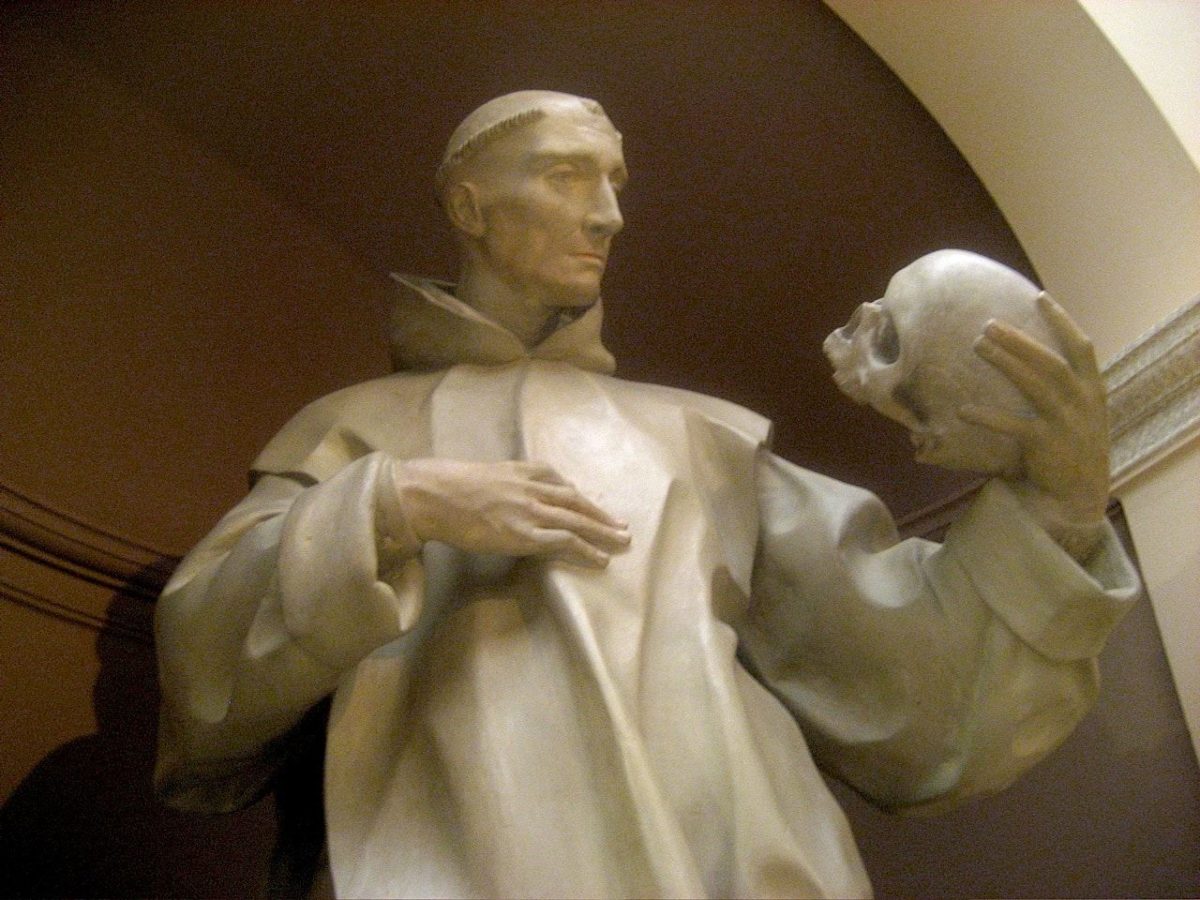
He became the spiritual director of important people, including St Hugh, who soon adopted much of his way of life. He chose him as his spiritual director because of his admiration for him, and once he had been directed, he spent time with him in the Order, praying and asking him for advice.
In the last years of his life, St Bruno spent long periods in the convent he had founded when he was taken to Rome to accompany the Pope, spending hours in prayer and penance, and at times carrying out the missions entrusted to him by the Supreme Pontiff.
Video summary of the life of Saint Bruno:
Around 1090, Pope Urban II, who had been a pupil of St Bruno as a young man, summoned him to Rome to help in the Church. Bruno did not like the life in Rome and wanted to return to the monastery, leaving his way of life to go to a city full of chaos, and asked permission to return to Carthusius (See: How Many Popes Have There Been).
However, Pope II kept him close at hand to respond to any need that might arise in the Church. Desperate to return to his Order, he began to pray in the woods, where he met Count Rogerio, who, admiring St Bruno’s devotion, after forming a great friendship with him, gave him a piece of land he owned in Calabria, Italy, in 1091, where he founded a new Carthusian monastery.
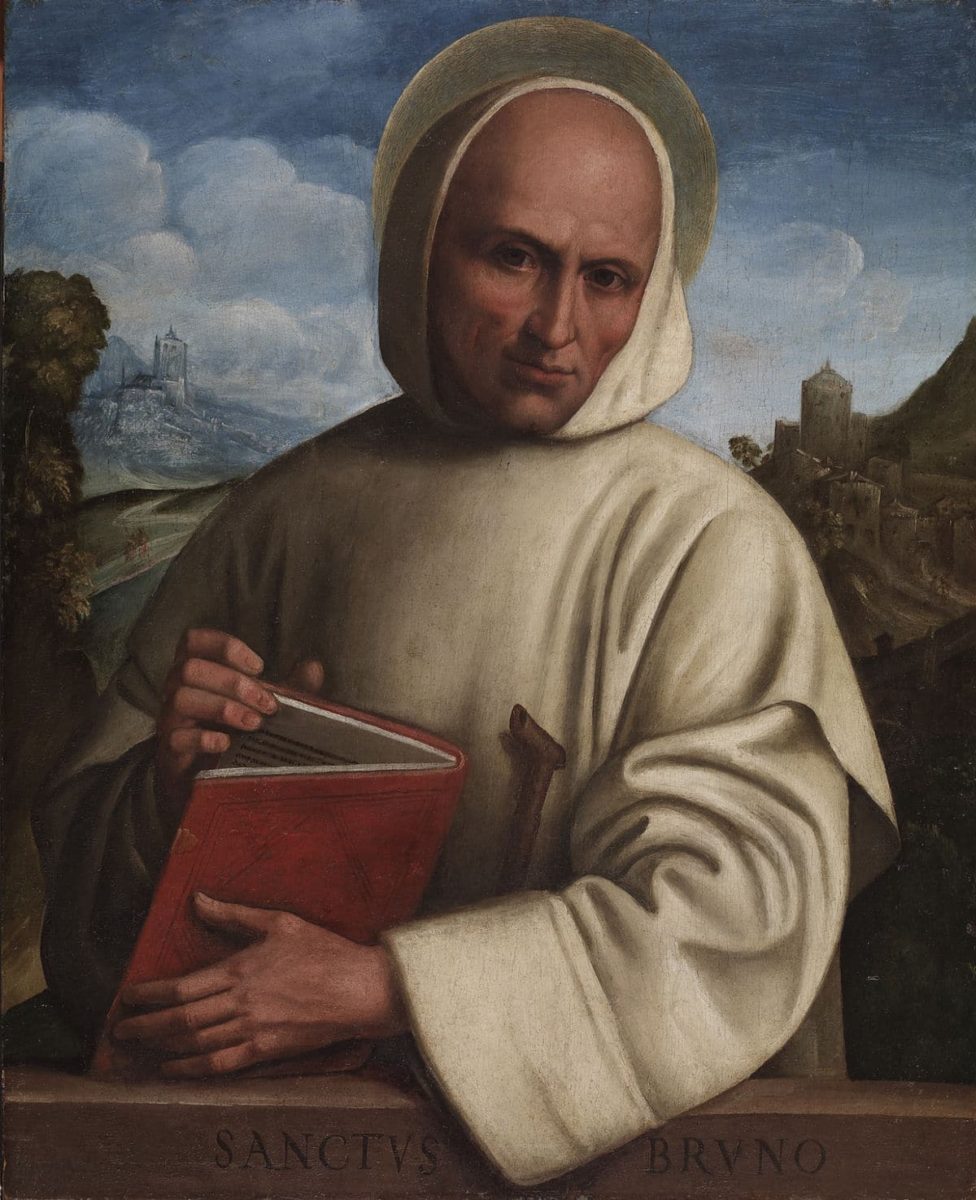
In this new monastery, built according to the same norms that St Bruno had drawn up for the Carthusian Order, his closest friends began to arrive and, little by little, more men began to join the Order. Never able to return to his own monastery, he remained there for several years until the day of his death.
St Bruno died on 6 October 1101, surrounded by his brothers, and made his last wish, a prayer. He was buried in the small cemetery of the monastery. His remains were found in 1502, four centuries after his death. He left his legacy to the Carthusian Order.
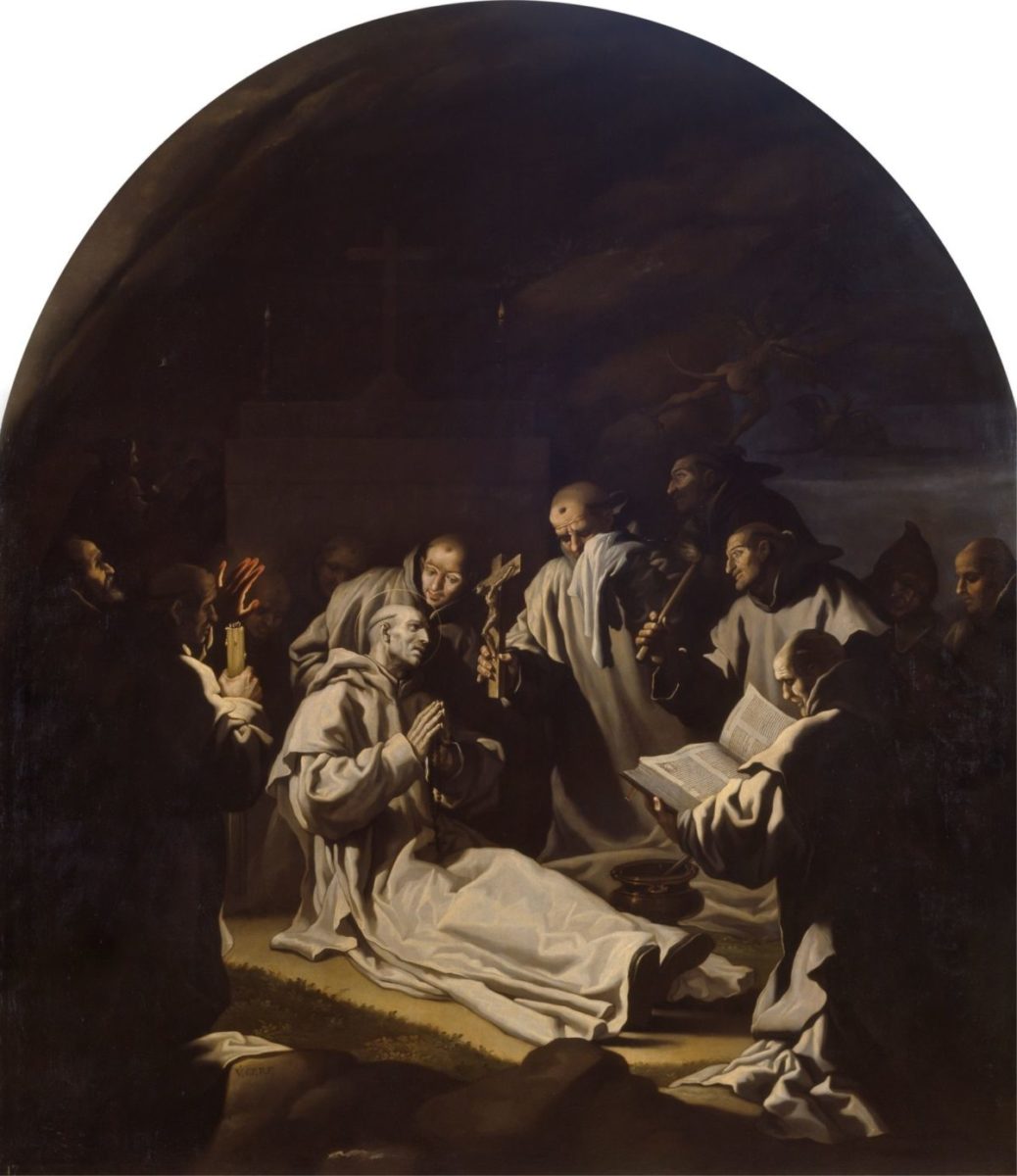
Saint Bruno of Cologne
St Bruno of Cologne is a saint who has not yet been officially canonised, but by Catholic custom and with the permission of Pope Leo X, the feast of St Bruno was allowed to be celebrated in 1514. Then, in 1674, Pope Clement X extended the celebration to all Catholic churches.
He was the founder of a little-known religious order called the Carthusians, who refused to make any public appearances and therefore did not allow any of their members to be declared saints. St Bruno is very popular in the Calabria region of Italy, where he died.
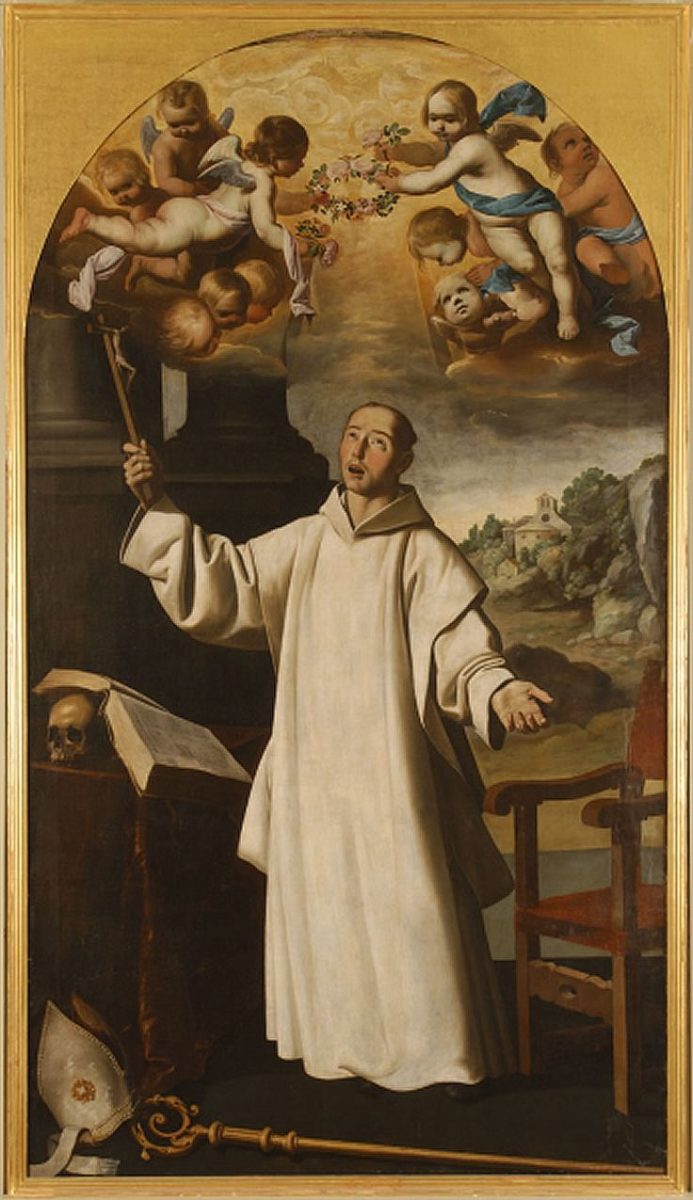
Iconography of Saint Bruno
The image of Saint Bruno has been studied over the years, all the more so after the prohibition on declaring someone a saint without the Church’s approval. It should be noted that there is no single portrait of what is believed to be the physical image of St Bruno. Most of his images are based on the physical descriptions of the monks.
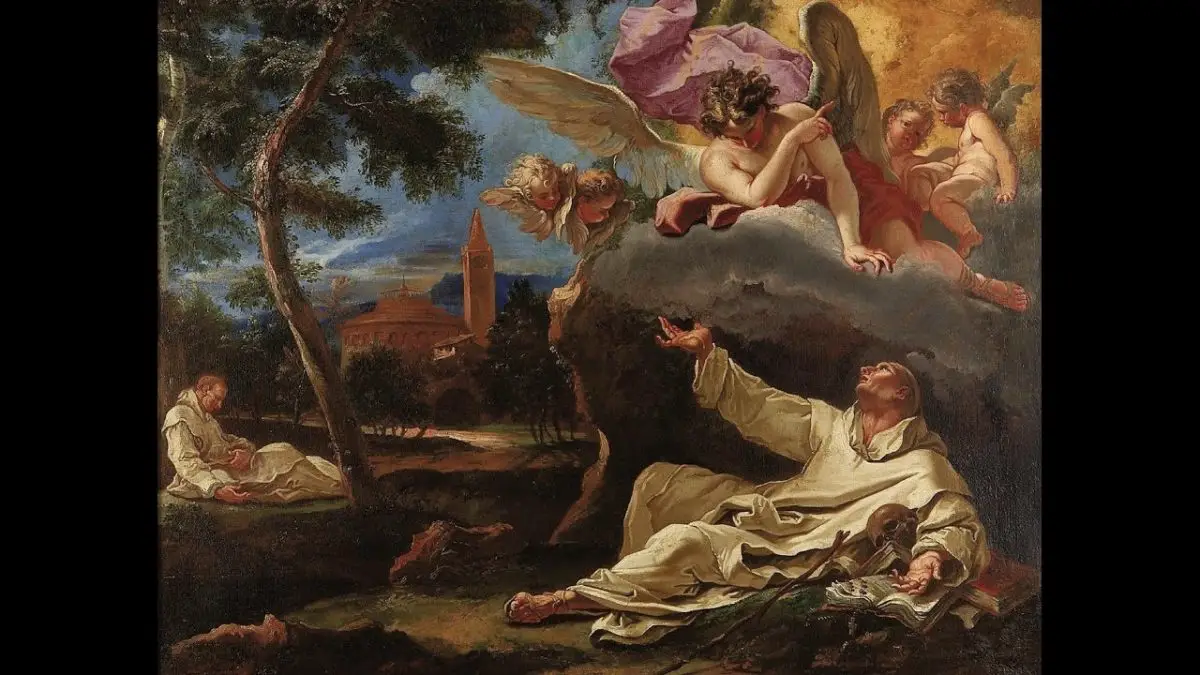
St. Bruno can be recognised in paintings, prints and statues by the skull he holds in his hand or in any part of the image to indicate his immortality; another characteristic is the mitre at his feet, because the mitre represents the time when the saint refused to become an archbishop, believing that he was not worthy of the position.
The books he carries (open or closed) are usually interpreted according to the statutes he created for the Carthusian Order. Others say that the book (open or closed) is because it contains biblical phrases.
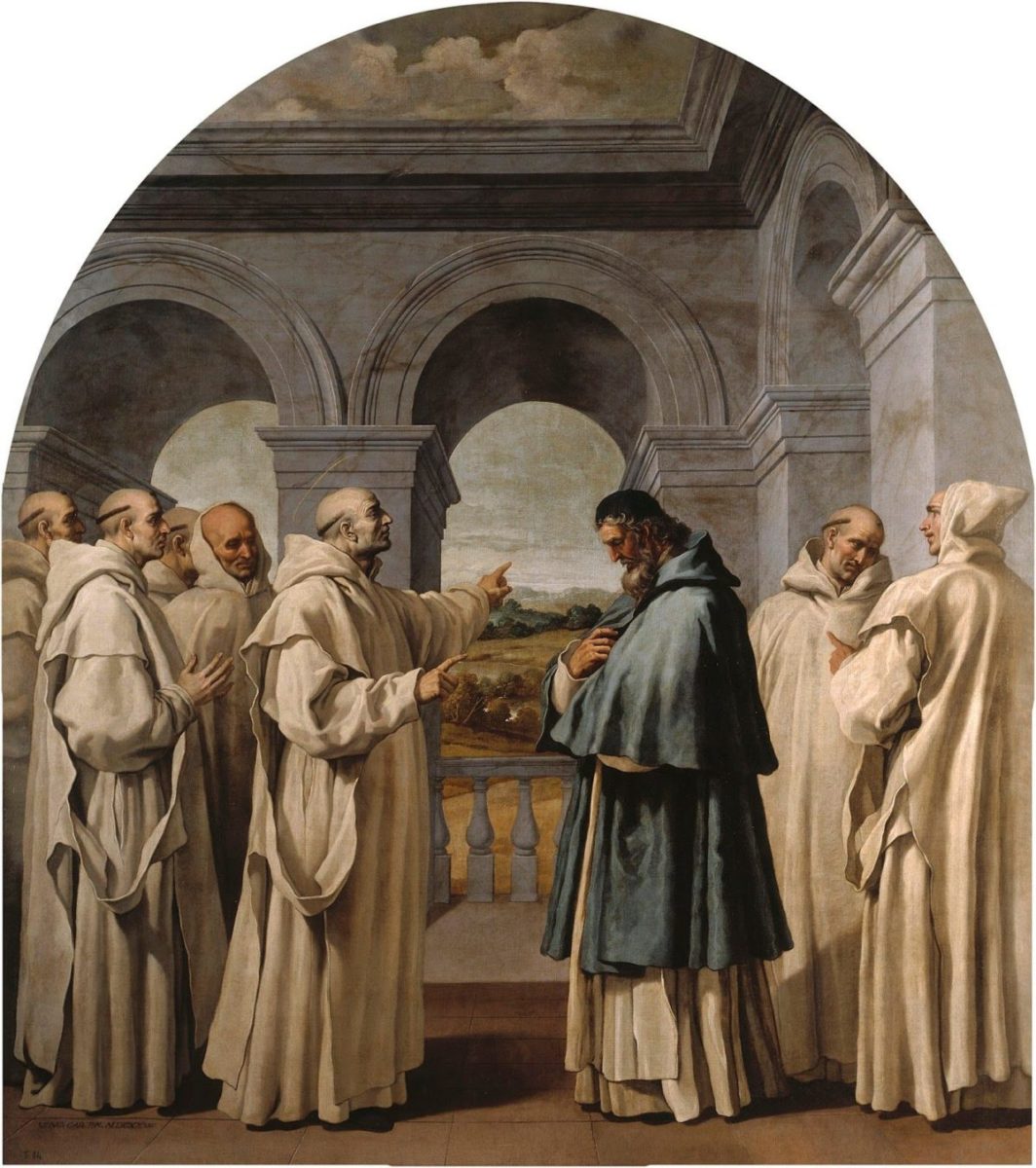
His physical appearance is seen in most images when he is already in solitude, that is, when he is already a member of the Carthusian Order. He does not usually appear in paintings and/or statues depicting a life other than that of a monk. He usually appears shaven, although in some images he has hair.
In all the paintings and statues, St Bruno appears wearing a long white tunic, with very wide sleeves and a two-piece suit, as worn today, because in most of them he has no hair.
Order of the Carthusians
This is an order founded by St Bruno in 1084. The order has been catalogued as the most silent in the world, with a very austere and rigid life. Their main vocation is to maintain silence. The motto of the Carthusian Order is Stat Crux dum volvitur orbis, which means “the cross remains stable while the world turns”.
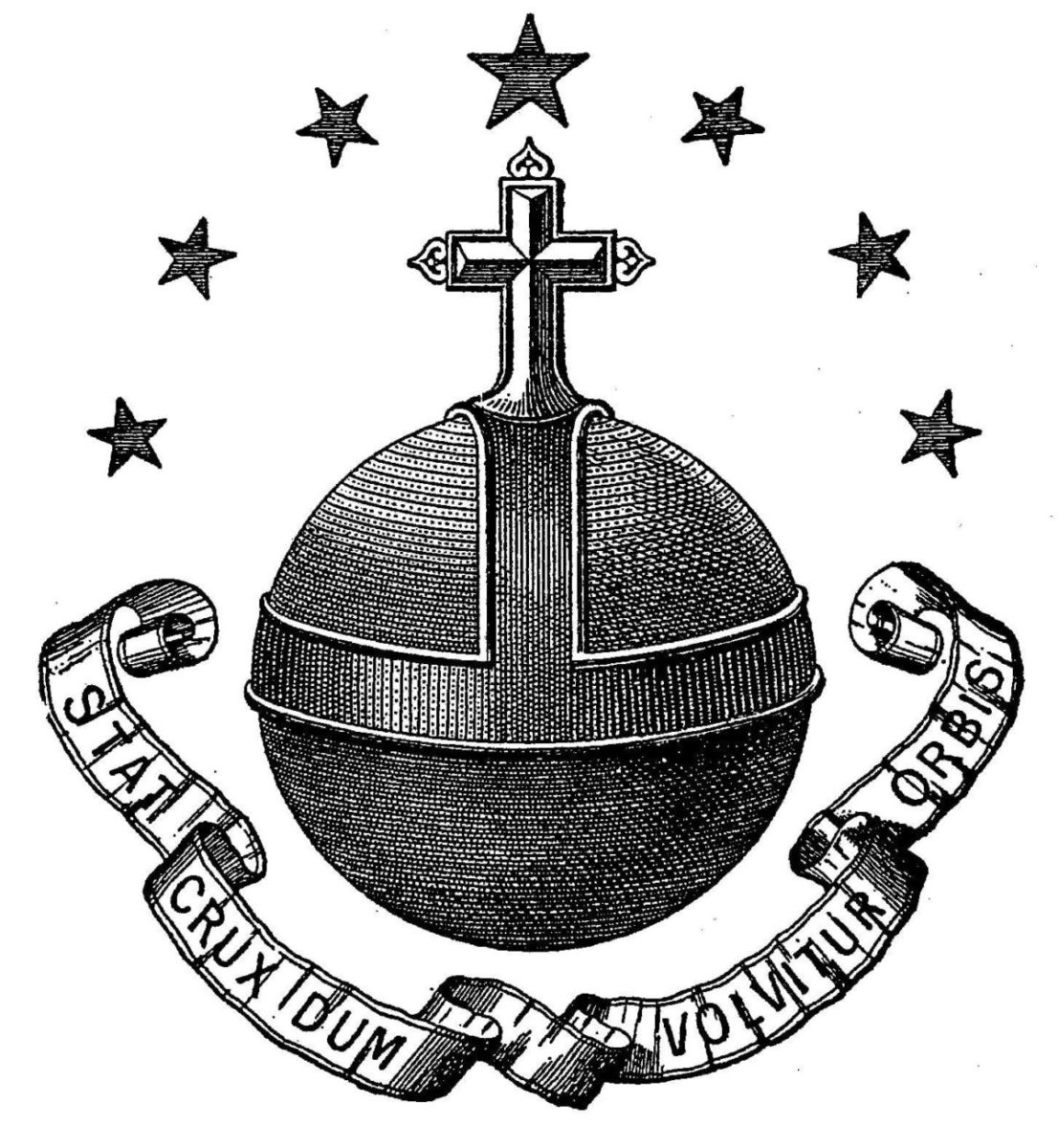
Saint Bruno, who had abundant wealth, great friends and the possibility of becoming an archbishop, gave up what he had for the moment to become a monk in the service of Saint Robert in Moles, but he did not last long, because although this monastery had very strict rules, it did not offer the silence he was looking for, since he wanted absolute silence and separation from the world, hermit style.
St. Hugo, Bishop of Grenoble, dreamed that seven (7) stars led St. Bruno to a secluded place, the next day St. Bruno and his six companions asked St. Hugo to show them a secluded place where they could pray, and recognising the place of their dreams, he led them to the mountain. This place is called the Carthusian Monastery, hence the monks’ name.
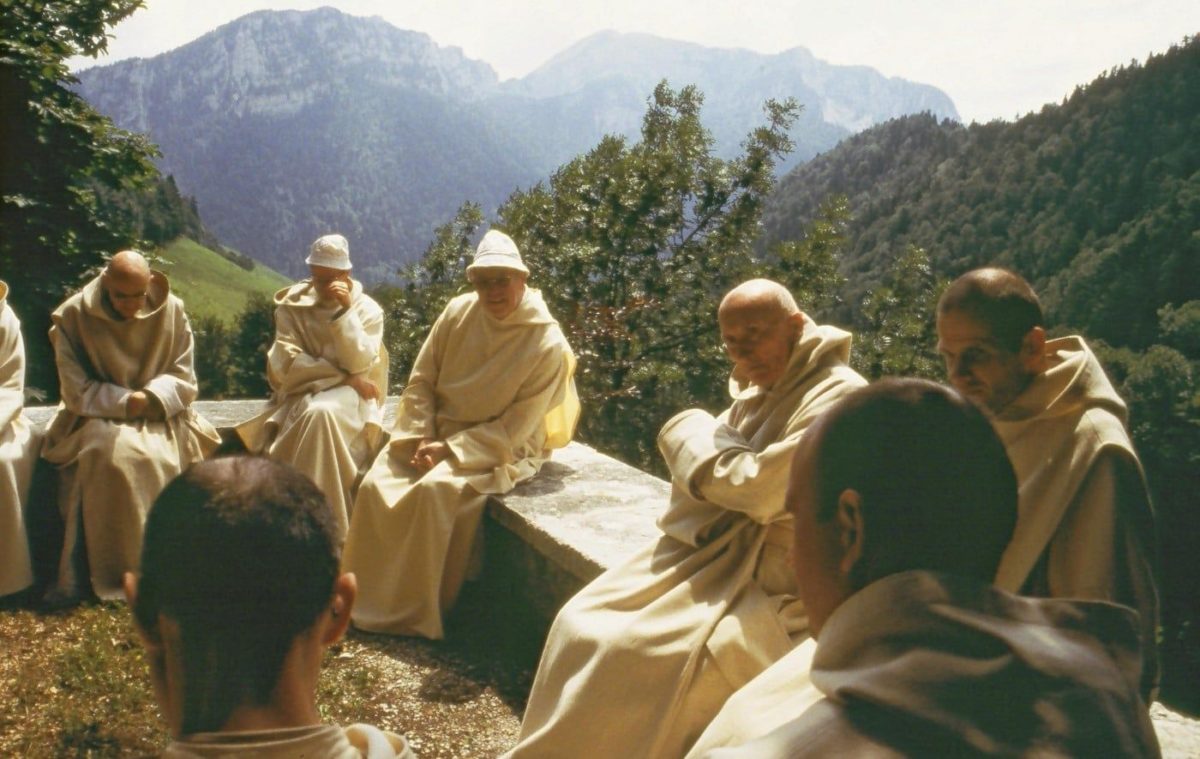
The order has very strict rules, the most strict being the perpetual silence, sleeping at seven o’clock in the evening and then getting up at midnight to begin the early morning prayers for at least one hour, in the morning, from about half past six in the morning (6:30 a.m.) they must get up again to continue the prayers, and so on at noon from about half past twelve (12:30 p.m.) and at sunset from six and half past six in the evening (6:30 p.m.). (See: The Power of Early Morning Prayer).
However, years later, around the year 1127, the Carthusian customs were written down, adding to and modifying the norms that existed at the time of their creation. Over time, these rules have been refined until the present Statutes, the last of which was adopted in 1983.
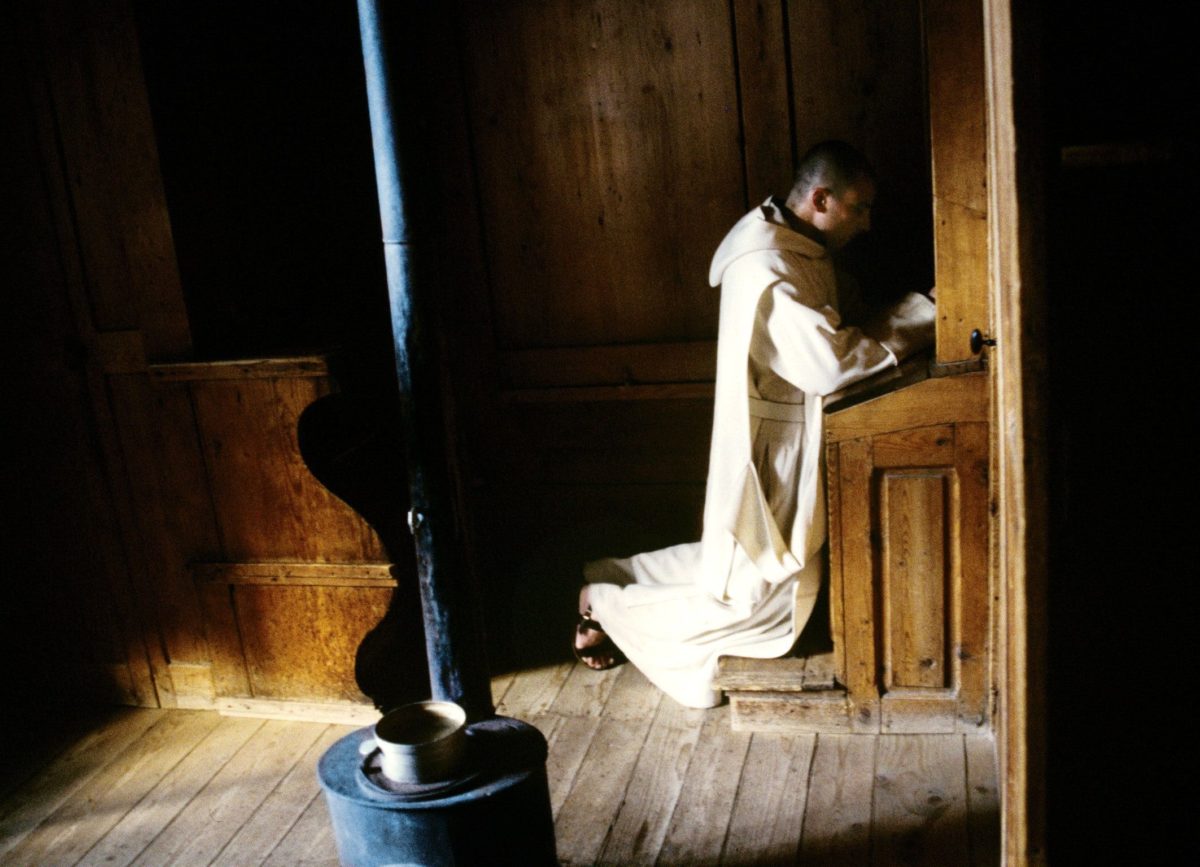
Carthusians usually live in solitude, with a cell for prayer and theological study. They live in poverty, wearing only their robes, cooking with firewood, having no technology, eating no meat and drinking no alcohol. They are visited only once a year. Each Carthusian monastery was allowed to have only a few monks, a total of 12, a number that soon increased to 24, and each monk had to have his own cell where he had to pray in solitude.
They do this to fulfil the penance of men, for this reason they refuse to have a high degree of holiness.
After the death of St Bruno, the Carthusian Order remained the elite of the Catholic Church. The monks live a consecrated life of prayer, following the path laid out by St Bruno from the time of its foundation to the present day.
Video homage to the Carthusian Order
Prayer of the Carthusians
This prayer was written in memory of St Bruno, but more than a prayer, it seems to be a promise to God.
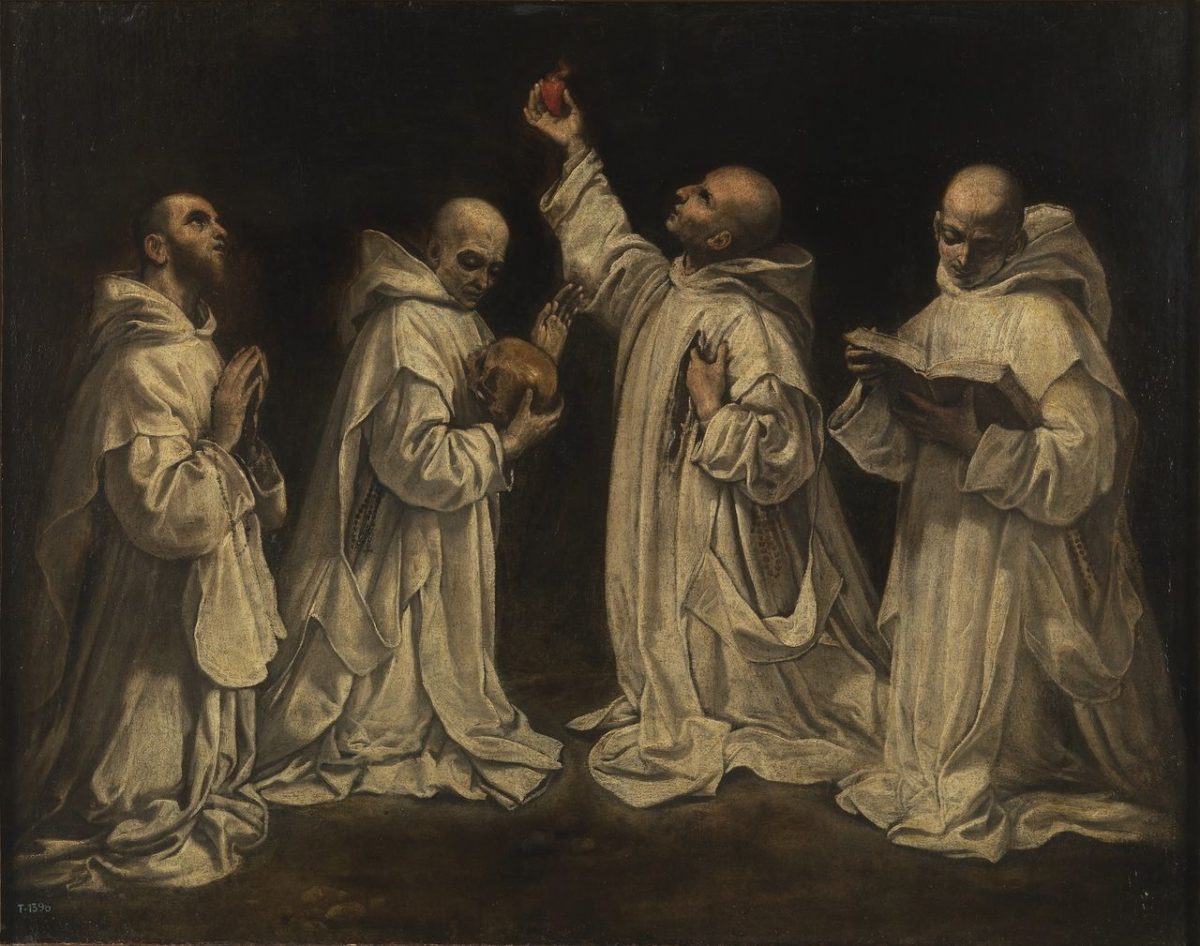
Lord, if you give me the choice between being a saint and being blessed, I would rather be forgotten in the meantime and not die amidst applause.
I prefer a thousand nights to watch and feel, not to have my steps covered with a mantle; not to be chosen as a holy doctor, but to serve You in the shadows.
Let them only glorify your name, let no one remember me, let my footprint not be left on the bed, and let no one be amazed at my works. I will leave you in a narrow room, alone, stealthily, undone.
Prayer to Saint Bruno
There are very few prayers to Saint Bruno, the most common are to ask for his interception to keep away bad things, the worldly, and for protection. Therefore, the most read prayers in the world are listed below. St Bruno has been called the father of the hermit and the saint of “ora et labora”. (See: The power of intercessory prayer)
Prayer to St Bruno
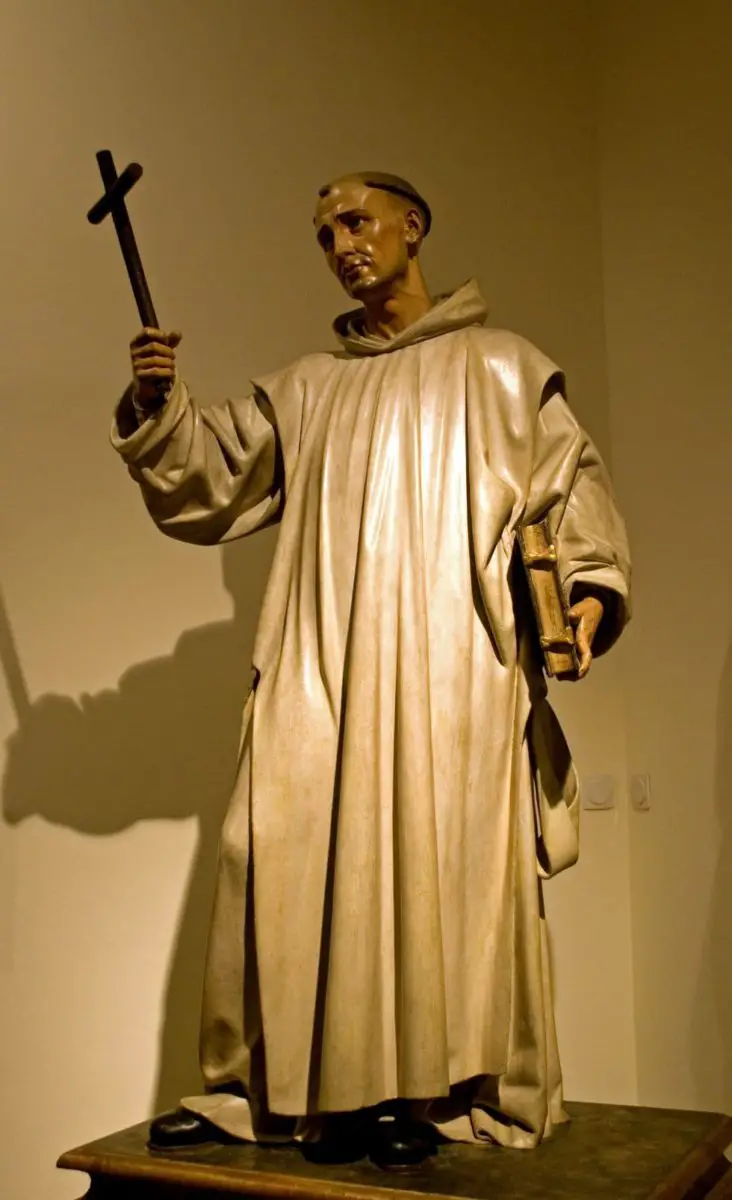
I beseech thee, Lord, through the intervention of thy zealous and faithful Saint Bruno, come to my aid; and since I have offended thee by great and grievous sins, deign to forgive us through his merits and prayers.
Through Jesus Christ our Lord, who lives and reigns with you in the unity of the Holy Spirit, for ever and ever. Amen.
Grant, Bruno, from the beloved Christ, favour to him who calls on you.
Prayer to St Bruno for help
You who are my Lord, you whose strength I prefer to my own. It is not possible for me to be content with words when I present my prayer to you. Hear me, I implore you with all my passion.
Thou, whose servant I have made, I beseech Thee with firmness and perseverance, and I will persist in my supplication until I obtain Thy favour. For I desire no good from the earth;
I ask no more than I should ask from Thee alone. Have mercy on me! And since Your compassion is immense and my sin is notable, have mercy on me in proportion to Your compassion.
Then I will be able to sing Your praise when I see You, O Lord. I will bless you with a blessing that will last through the ages; I will praise you with praise and contemplation, in this universe and in the next, like Mary of whom the Gospel tells us that she chose the better part. Amen.
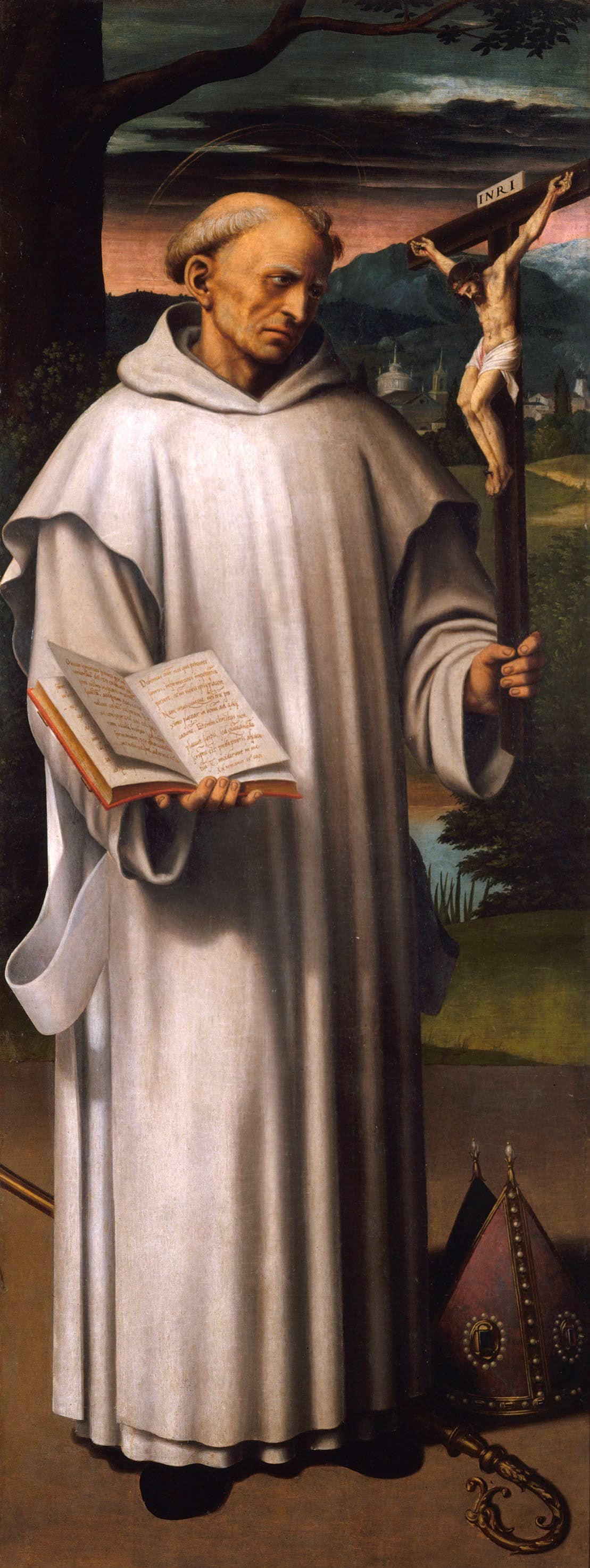
Prayer to St. Bruno to drive away bad people
O Saint Bruno, beloved of the Lord, a man of pure and profound esteem, compassionate, merciful and charitable to all, full of faith and love for Jesus Christ and humanity, who loved austerity, solitude and silence.
St. Bruno, you who spent your life in austerity and prayer, you who were a spiritual counsellor to the poor and the rich, you who know what it is to bear false accusations, malice, revenge, humiliation and slander, listen to my prayers and bring them before God.
Saint Bruno, blessed founder of the Carthusian Order, where you were a friend and a monk, and with your wise counsel and good deeds you helped those who suffered in body and spirit, I ask you to alleviate all that causes me distrust and worry.
Saint Bruno, Spirit of God, chosen, patient and devoted, who has given ample proof of integrity and honesty, and who is asked to give us shelter and protection, come to me today. Cast your gaze on me, drive away every enemy, everything that causes me discomfort.
Banish forever from me and from my surroundings every evil spirit, every wicked person, every wickedness and envy, protect my family, my job, my business and my home so that we do not suffer attacks from the enemy.
May Your strength be our shield, so that we are not affected by lies, intrigues and slander, and so that envy, resentment and hatred do not reach us: (You who were always kind and had a smile to bring happiness to others, the transformation of St. Bruno.
You who were just and knew how to forgive, let us know how to forgive those who bother us, give us the strength and perseverance necessary to fight evil with good. Teach us to be humble and compassionate, so that we may know how to forgive those who hurt and humiliate us with their injustices, perversities and grievances.
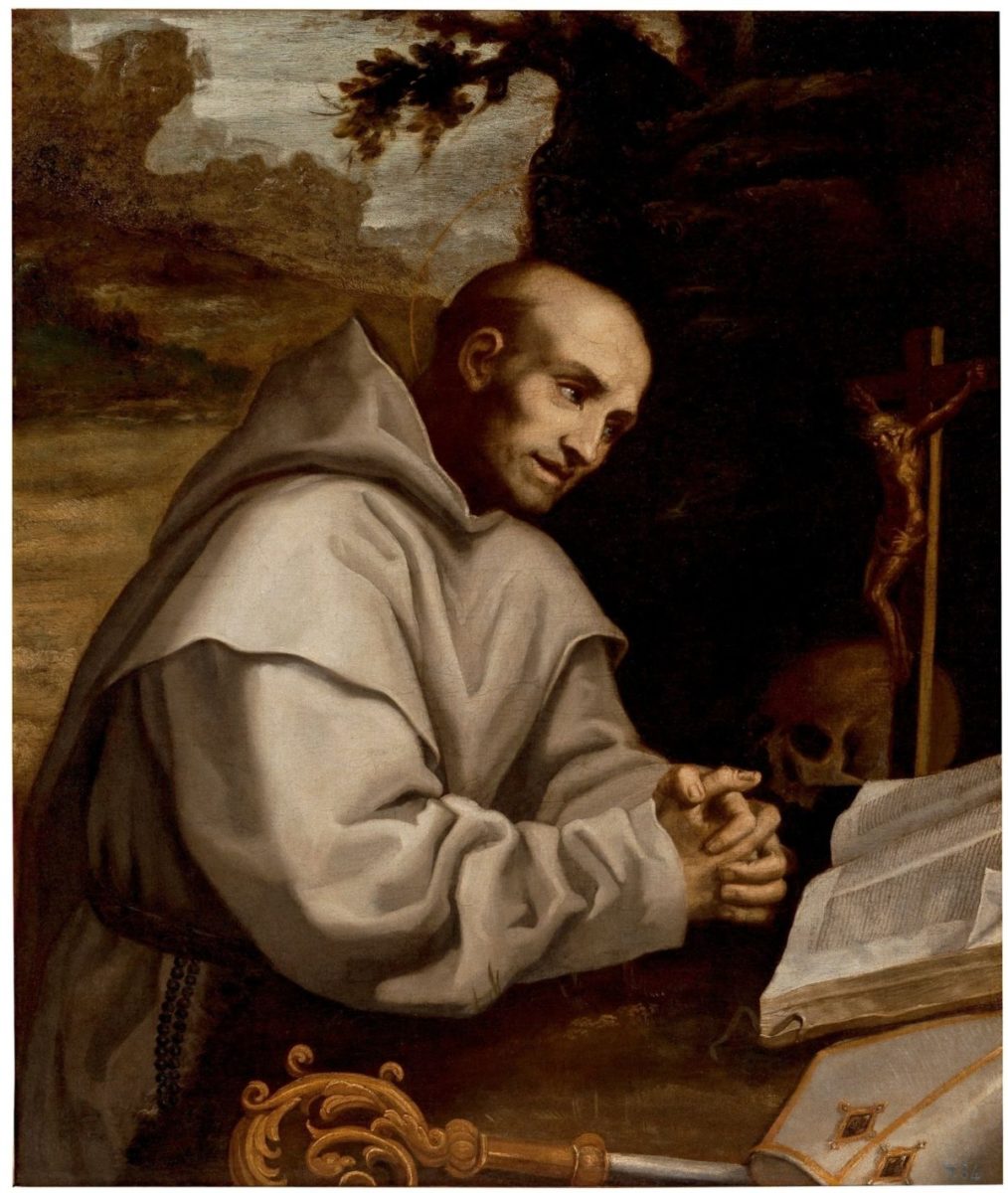
You who were always kind and had a smile to give joy to others, for Your great heart and for the miracles You have worked, listen to my request and make my request be fulfilled, keep away from us all evil and misfortune and define us with Your protection.
We ask this through the merits of Christ, our Lord and our friend and brother, to whom be praise, adoration, glory and thanksgiving forever. Amen.
These prayers have no particular order, since they are not Carthusian, but simply ask for the help of St Bruno.
They should be recited with great faith and it is recommended that they be recited in silence as a devotion to St Bruno (see: Christian Morning Prayer).
Video of St Bruno praying for the healing of the sick:
https://youtu.be/p2rGfbsdtxg
Phrases of Saint Bruno
There are no known sayings of Saint Bruno, because after his conversion he lived an austere and silent life. Perhaps his life has been an inspiration and an example to many people, but they have not copied his words to leave his life in phrases. The closest that can be said of St Bruno is the silence that he kept for a long time in his life after founding the Order that he himself created.

St Bruno’s mission
St Bruno’s mission was to turn away from the worldly and materialistic and to lead a spiritual life of holiness. To pray for long hours every day and to do penance for immorality, corruption and unlawfulness in life. To dedicate one’s life to God, but with a hermit’s lifestyle. To renounce one’s goods and possessions, all material things, and thus to live poorly (see Prayer to the Just Judge).
Their mission was to create a foundation where the main objective was to maintain silence, which is essential for meditation, and the most heard among them are the songs. In order to maintain a solitary life, and therefore to search for God, it is necessary for them to separate themselves from the world. The solitary life and silence go together because in this way they find their soul with God. Silence shows fidelity to him.
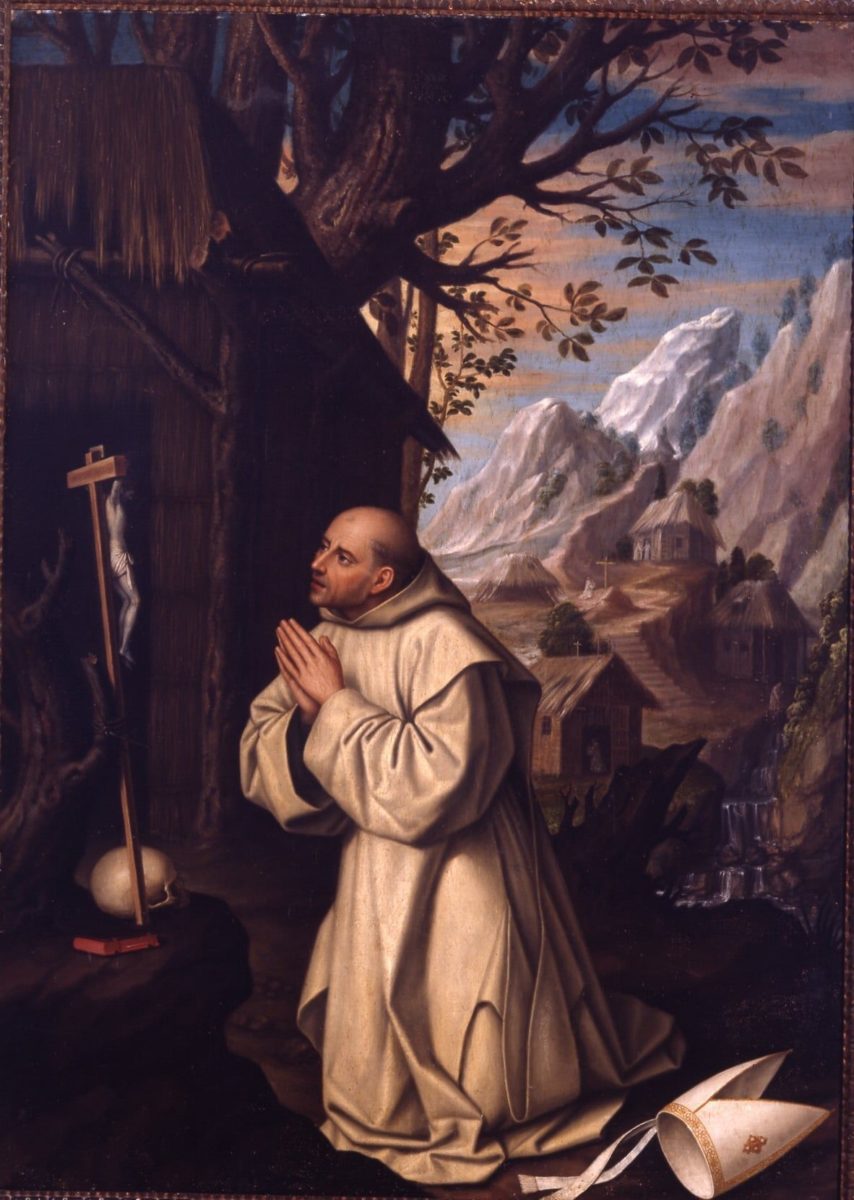
St Bruno believed that this was the only way to contemplate our inner self and the best way to meet God. Not all orders and/or monasteries offered what St Bruno was looking for, so he and his companions set out to make his dream come true.
To enter the Carthusian Order or a monastery, it is necessary to take into account that “silence and solitude” are fundamental, because the monks believe that their lives depend on it, so they adhere to this principle. They explain that one thing complements the other, because you cannot live in solitude with a life full of noise or in the midst of sound, and vice versa.
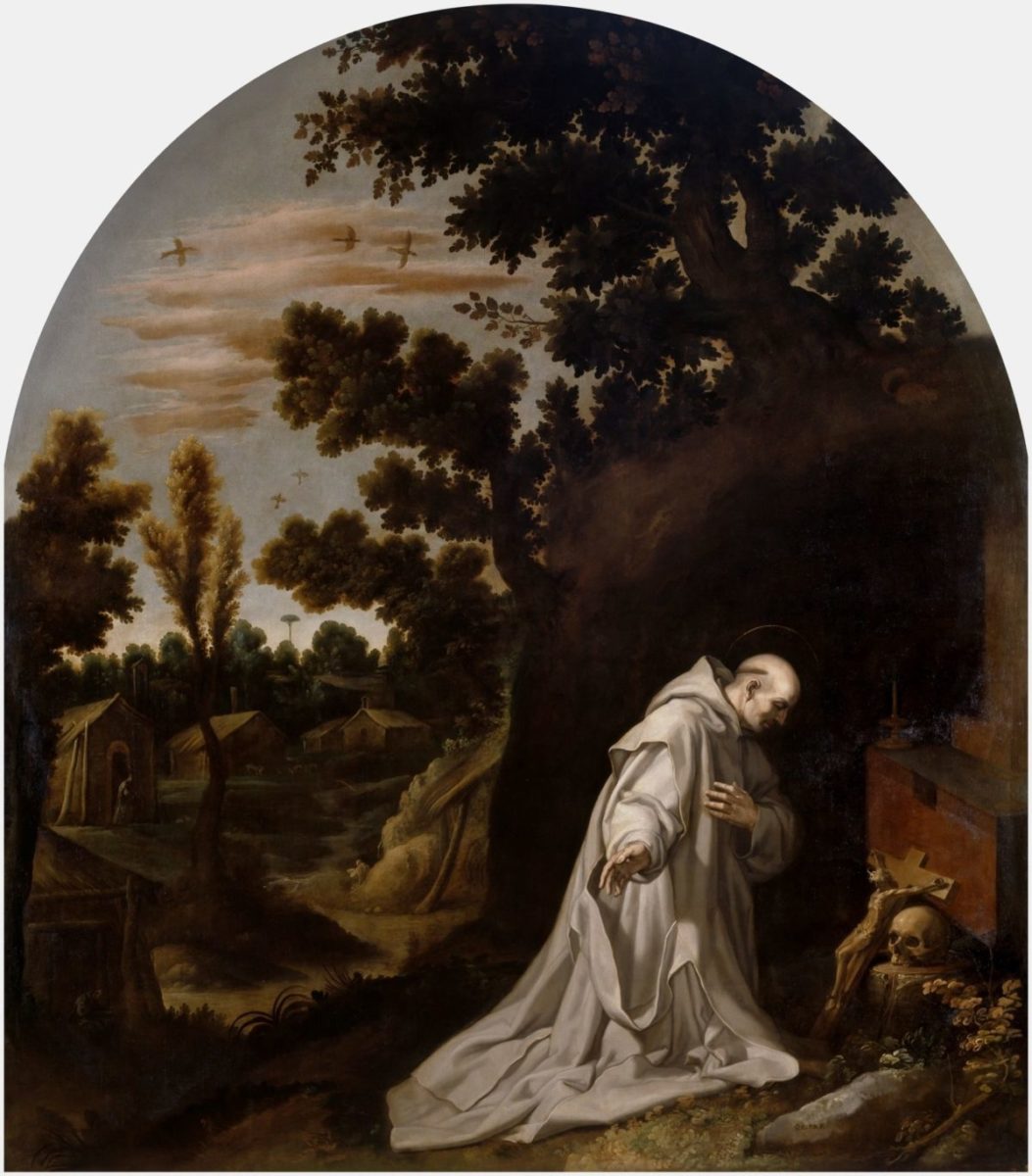
It should be noted that not all of St Bruno’s life has been made known to the public, and that the stories that are known are because many historians, theologians and scholars of Christianity and the Church have sought ways to cut out information about it. Bringing the life of the Carthusian monks to the public is something they feel very strongly about.
St Bruno film
A documentary film has been made in his name called The Great Silence. The film shows the days in the monastery of the Carthusian order, an order which, as mentioned above, was founded by St Bruno and his order.
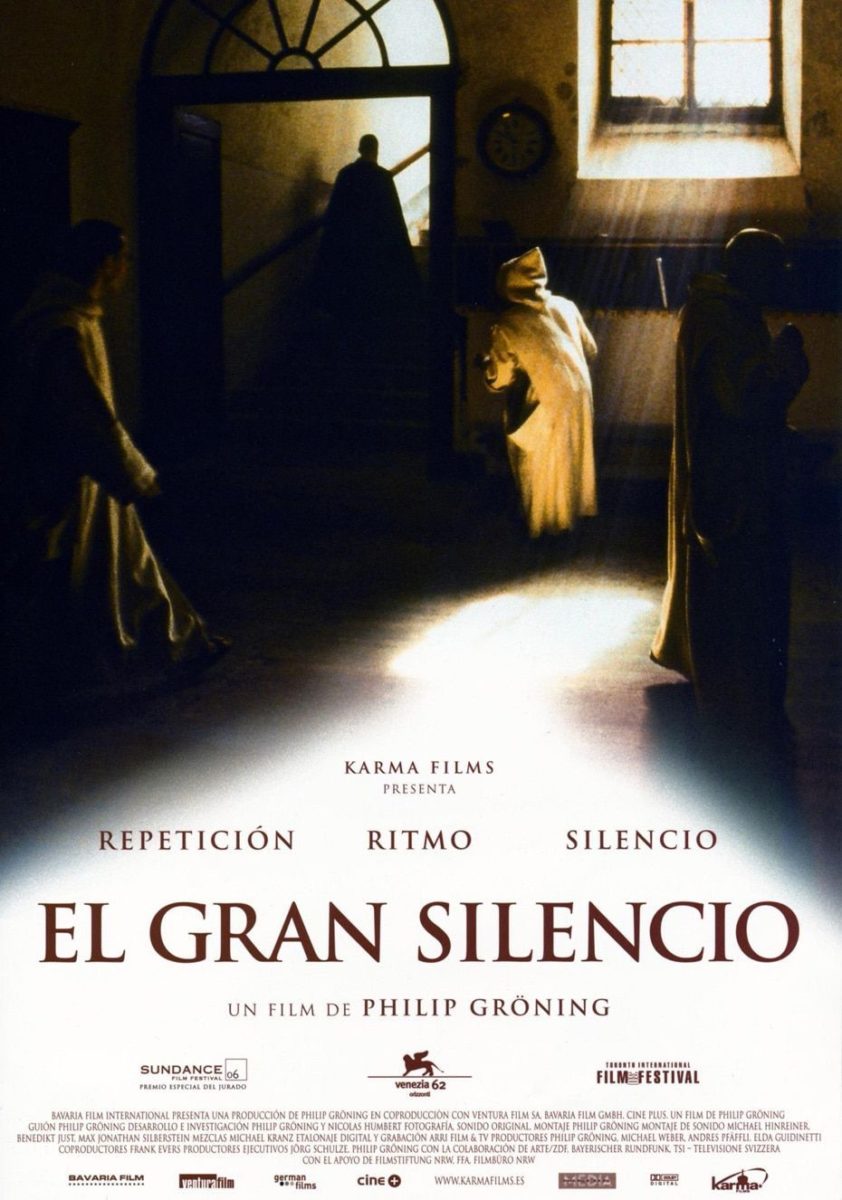
Poster de película El gran silencio (Die Grosse Stille)
In 1984, the cameraman of German nationality, Philip Gröning, the director of this film, asked the Order for permission to film in their monastery and received a negative reply, claiming that it was too early to film, but the director did not reject the idea of making his film, and sixteen (16) years later the monastery communicated that it was time to film. The premiere date was the 24th of November 2006 (See: How many churches are there in the religious city of Antequera).
Trailer of the film The Great Silence:
The film, as mentioned in the previous paragraph, took 16 years to make because the authorities of the Carthusian monks did not allow filming in the monastery for a certain period of time. The film has a peculiarity, which is actually very beautiful, in that it is a silent film, but not because they did not record sound, but because of the vow of silence that the monks have taken.
The film was shot in 2003 with a SONY 24p True Cinema high definition video camera. The film is 160 hours long, almost 3 hours.

Director Philip Gröning spent four (4) months living with the monks at the Grande Chartreuse in the French Alps. He had to perform the same tasks as they did, so he could only dedicate 2 to 3 hours a day to filming, which made for a very complicated shoot. The director did his best not to disturb the daily life of the monastery, which is a success for great directors.
It was the only production company to film their lives, as several documentaries have been made, but none with the success of this one, because most of the footage in those documentaries seems a little forced, and there is the detail that they were not allowed to film inside the monastery, in the cells, or even during prayer times. There was always a limit.
The film or documentary was very successful at the box office, but many people considered it to be for a certain type of audience, the audience that has faith and belief in God, however it was achieved that it was of great magnitude and very good reviews.
Full film:
https://youtu.be/tY45g8trFMY




